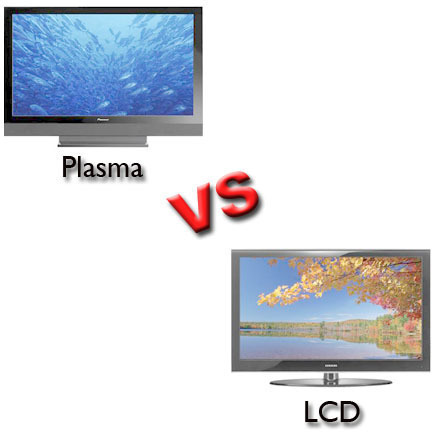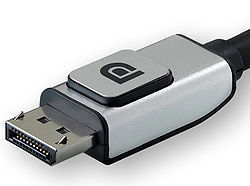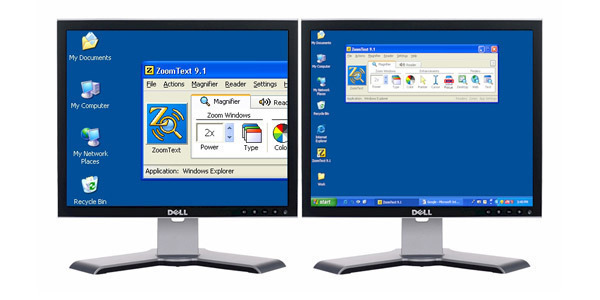
The 3D Accelerator is a type of graphics board that can be installed into a computer. A person who does so would be installing this board to speed up the time it takes for their machine to load and create images on the monitor of their computer. Because it incorporates its own board to function, 3D Accelerators are often known as individual computers themselves. But the most important thing to remember is that the Accelerator's sole purpose is to better create three-dimensional images on a person's computer screen.
How a 3D Accelerator Works
While it is easy to describe what the 3D Accelerator does, it is a little more complicated to explain why it does so. The usual first step is when a computer user sends a command to their computer to draw an image. The computer's processor would recognize that this message needs to be sent to the 3D Accelerator, and this would be done. This message is sent at a speed of many megahertz, a term which refers to a million individual cycles per second.
The most frequent top megahertz speed seen in computers these days is usually around thirty-three megahertz. The AGP system, Advanced Graphics Port, allows faster speeds, however. By enabling a connection between the 3D Accelerator and computer processor that didn't exist before, the AGP allows image data to transfer almost twice as fast! This is extremely critical to those looking for high performance from their graphics.
Another key component in determining how well the 3D Accelerator works is how much memory it is allowed to use. As with almost any other computer function, the Accelerator will perform better when more memory is allotted to it. The sharpness and resolution of an image directly depends on the amount of memory used by the Accelerator. Limited memory can mean that the image will only be represented with a simple 256-color scheme. On the other hand, a greater capacity of memory allows millions of colors to be used when constructing an image!
The 3D Accelerator also functions as an individual computer, as mentioned above, and this helps it process images faster. While the Accelerator is readily able to process 64 or 128-bit data at a time, regular central processors must take it slower and only go through 32-bits in the same amount of time. This quicker processing time not only allows 3D Accelerators to make calculations on how to generate images faster, but it also allows computer users to view images without worrying about constant flickering or other annoying mishaps.
The DAC, a Digital to Analog Converter, takes the data sent from the Accelerator and turns it into an analog signal. The computer's monitor is able to pick up this signal and translate it into an image which will be displayed for the computer user.
Why 3D Accelerators Work so Fast
This issue has been touched on before but 3D Accelerators work rapidly because of three main factors. The clock speed, the time it takes for the graphics to process, is the first of these three. The next is the memory speed, a term which should be obvious to those who read the above. And finally the pixel processing volume, which refers to the amount of pixels processed.
More on Clock Speed
The brief definition of clock speed above does not fully explain what this factor is, so here is a more in-depth look at it. As mentioned before, the clock speed is the speed of the graphics-processing unit within the 3D Accelerator. Because an Accelerator is purchased to boost the speed of its function, this processing time is often compared to the output given from the original processor within the computer.
The clock speed also depends on the video card found within a person's computer. While someone with a SDRAM card would find that their maximum clock speed is the same as the original, someone with a DDR-SDRAM would get double the performance.
Another factor to keep in mind is how many pixel pipelines are being used. It should be quite obvious that an Accelerator with less pixel pipelines wil have a lower clock speed than one with higher amounts. This is a value that any consumer should make sure that he or she looks at before making a hasty purchase.
Pipeline amounts cannot be raised by the manufacturer of an Accelerator card, so don't expect them to in future models. Look out for the ones that have higher pixel pipelines, as these are the ones that usually perform better in general.
A few other aspects which are sometimes attributed with Accelerators are the memory technology and architecture. The memory technology refers to the type of video card available, as described before, while the architecture has more to with how many bits are available for the function. An Accelerator with 256-bits is usually considered a top-end card.
Why Buy an Accelerator Card?
If a person wants to see their images in a realistic three-dimensional view, they pretty much have to have one of these cards. Before, all images were transmitted as two-dimensional objects. Without a three-dimensional accelerator, people will also face the problem of slower processing times for the rest of their computer's tasks, as the central processor attempts to deal with creating 3D images. The accelerator simply helps machines work faster and better in creating images.
Due to the increasing popularity of computer gaming, 3D Accelerator cards are now more in-demand. Almost all game manufacturers take advantage of these cards by incorporating better graphics and more realistic looking games. It is pretty safe to say that without one of these cards it will be hard to install and play any modern game onto a computer.
As mentioned before, three-dimensional images are easily made with a 3D Accelerator. This is extremely important to those who need to visualize projects onto a computer before creating them, say an automobile manufacturer. The 3D Accelerator speeds up this task and allows the central processor and computer to work better and keep other tasks moving.




Follow Us!